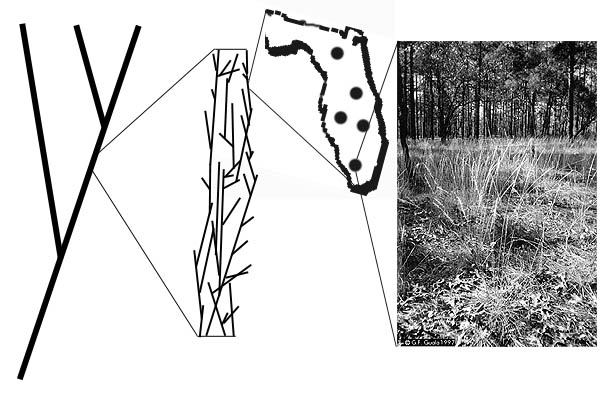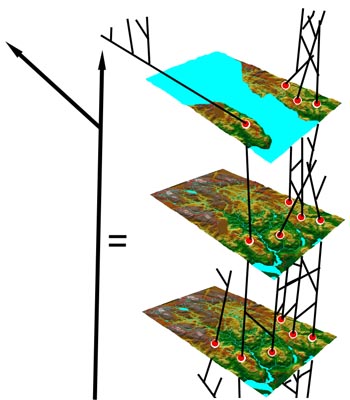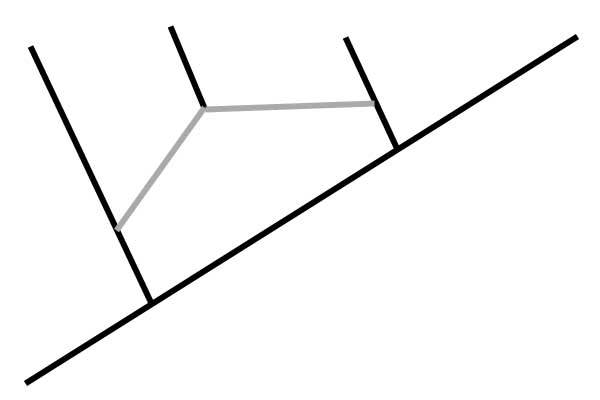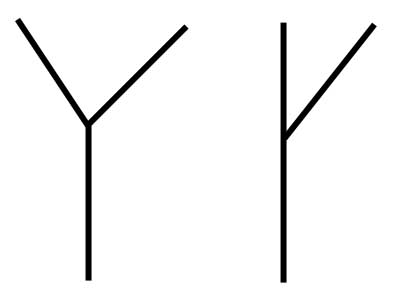Here is a Glossary that might help with definitions
When Cladogenesis occurs at the appropriate scale, we call it Speciation. Anagenesis can result in speciation as well but the evidence is often much more subtle.
In Biogeography we are primarily concerned with the distribution of clades, whatever their size or level in the hierarchy.
Howerver, there is a basic taxonomic group that many studies use as
analytical units. This is the SPECIES. Several subspecific
taxonomic levels are codified and recognized but they are not universally
defined. The unfortunately parochial discussion in your textbook
is a good example of this.
WHAT IS A SPECIES?
Since we are more concerned with clades, I am just going to give you a definition of species that is approriate for biogeographical discussion. It is the one that I follow and the one that I will use consistently thoughout class. Again, your textbook is rather parochial on this point and should not be considered a good resource.
There is an enormous amount of literature and debate on the definition
of a species.
This is an
interesting and more informative discussion of species definitions by Luis
A. Ruedas
if you are interested about learning more on species definitions.
*******
A SPECIES is the minimum diagnosable and defensible
clade
That means that it is the minimum clade that you can find that you can diagnose or recognize by the presence some characteristic and that does not force another similar clade to be incomplete.
(this is essentially the definition of Baum, D. A., and M. J. Donoghue. 1995. Choosing among alternative "phylogenetic" species concepts. Systematic Botany, 20(4):560-573)
********
Species are real entities. They represent the point at which CLADOGENESIS occurs. This is the point at which the cohesiveness within a lineage (usually maintained through interbreeding) is broken and a branch takes on a new evolutionary direction independant of its previous connection with another species in the clade.

In order for a SPECIATION EVENT (or cladogenesis) to happen, some form of isolation must occur. This can be as big as the movement of two continents splitting one species into two, or as subtle as a mutation occuring within an individual that prevents it from breeding but still allows it (or even helps it) to reproduce asexually (e.g. some polyploid events).
What was once represented as a single line on the cladogram, now splits into two. Here is an example of a species that can't swim. Its populations are divided by the raising of water levels over a large geographic area.

Of course, over time, what starts out as a species can diversify and become a genus which can diversify and become a family and so on.... or it can go extinct or create hybrids with other species.
GENE FLOW
HYBRIDS and RETICULATION
Generally interbreeding is the cohesive force that maintains a species.
It also sometimes complicates the picture after speciation.


